Are you planning a move but wondering where to keep your belongings during the transition? Crown Movers offers comprehensive storage options when moving. Learn More
Are you planning a move in 2024? This is the only place you need to be for all your packing and moving tips in 2024. Whether it's your first move or one of many, local or long distance, we have all the packing and moving to transform this transition from moving chaos into a seamless experience. Just don't forget to schedule utilities before your moving day.
Embarking on your moving adventure requires more than just a few boxes; it demands a detailed plan. From the initial stages of preparation to the moment you start packing, our guide is designed to offer helpful tips that pave the way for a successful and stress-free move. We'll provide insights on easy-to-find locations for purchasing moving boxes and essential packing supplies, ensuring you're well-equipped for the big day.
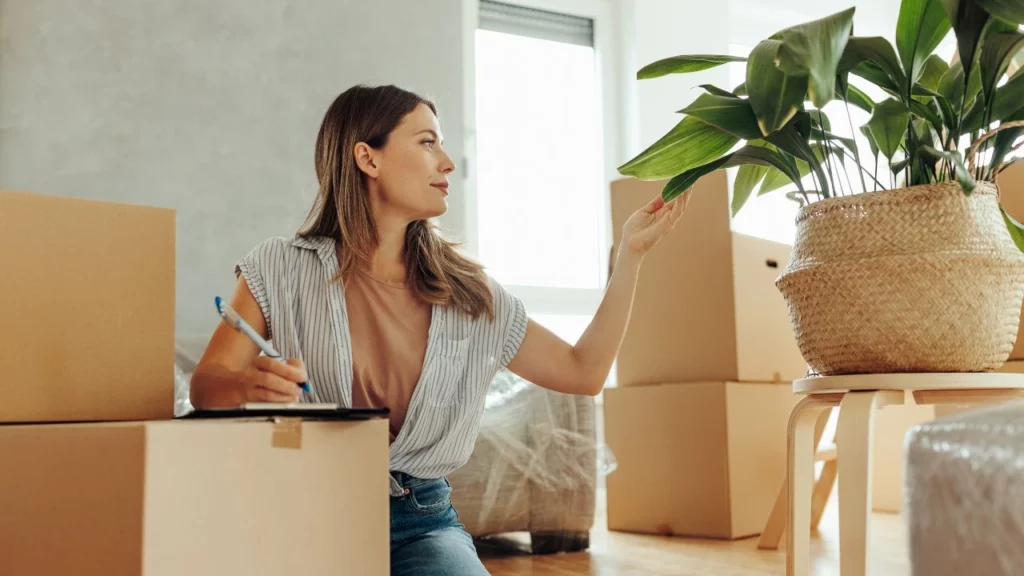
Our article doesn't just focus on the logistics; we delve into strategies that will ease the overall process, making it manageable and organized. These tips are crafted with your future self in mind, aiming to mitigate the common challenges and stressors of moving. So, if you're seeking guidance on packing and moving tips and tricks, rest assured, you're exactly where you need to be. Get ready to welcome the moving truck with confidence, knowing you're fully prepared for your next big adventure!
- Planning For a Move
- Choosing Movers
- Packing Tips for Moving
- What to pack in Moving Boxes
- Packing Supply Stores
- 24-step Moving Checklist
Planning Your Move in 2024 PDF

Tips for Planning Your Move
Packing and moving tips are extremely important for a stress-free moving day. By planning ahead, you can avoid common mistakes that can cause confusion and moving day stress. Moving tips will help you decide what to pack first and how to organize your belongings to avoid damage. Packing tips will teach you how to protect your valuables effectively and how to use bubble wrap and boxes to avoid scratches and dings. Being organized is essential to ensure everything runs smoothly and nothing is forgotten. By following these tips, you can be sure to have a smooth and stress-free move.
The following tips and tricks will prepare you to start planning your move!
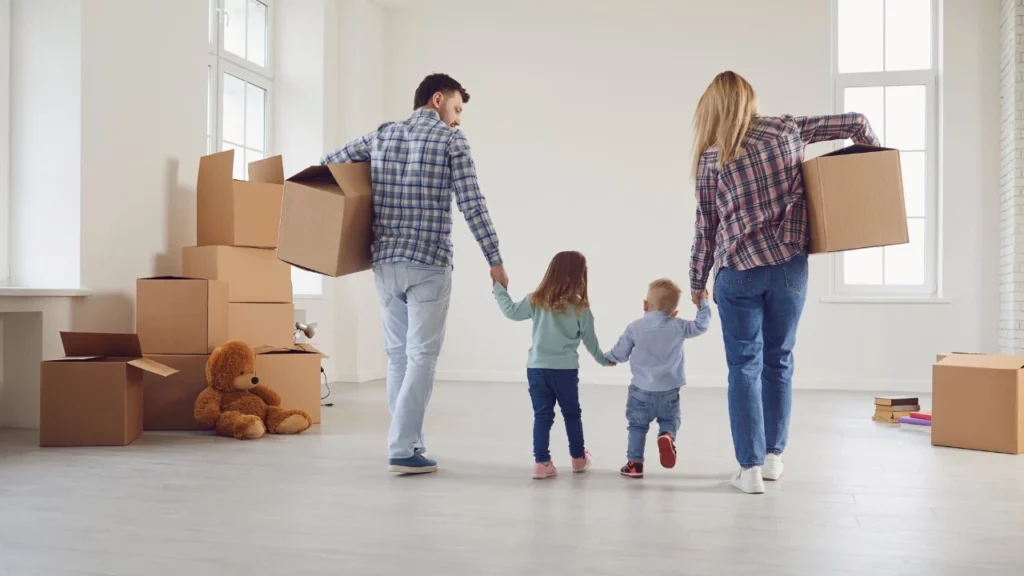
1. Finalize your new location or home.
Before you start calling moving companies or begin to pack boxes, it's important to have a clear idea of where you'll be going. Make sure you have a signed lease or purchase agreement and have all the necessary information about your new address and contact information.
2. Pick a moving date.
Consider factors like work and school schedules, weather, and the availability of movers when deciding on a moving date. It's also a good idea to give yourself enough time to pack and prepare for the move properly.
3. Sort out and hire professional movers.
If you decide to hire professional movers, be sure to research and compare different companies. Look for a company with a good reputation, and make sure they are licensed and insured. Ensure you take the proper steps to receive an accurate moving service quote.
4. Decide on what to pack yourself and what to give away.
As you begin the packing process, consider what items you need and will use in your new home and what items you can do without. Donate or sell items you no longer need to declutter.
5. Disconnect utilities and services.
Be sure to contact your current utility and service providers to let them know you'll be moving and to schedule disconnection and reconnection at your new home.
6. Forward your mail.
Contact the post office to have your mail forwarded to your new address. This will ensure you don't miss any important mail or packages.
7. Notify important parties of your move.
Be sure to let your employer, school, bank, and any other important parties know of your new address.
8. Prepare for moving day.
Make sure you have plenty of water and snacks and consider hiring additional help if needed. It's also a good idea to plan parking and loading the moving truck to make the process as efficient as possible. By following these tips and preparing in advance, you can make your move as smooth and stress-free as possible.
Choosing Movers in 2024
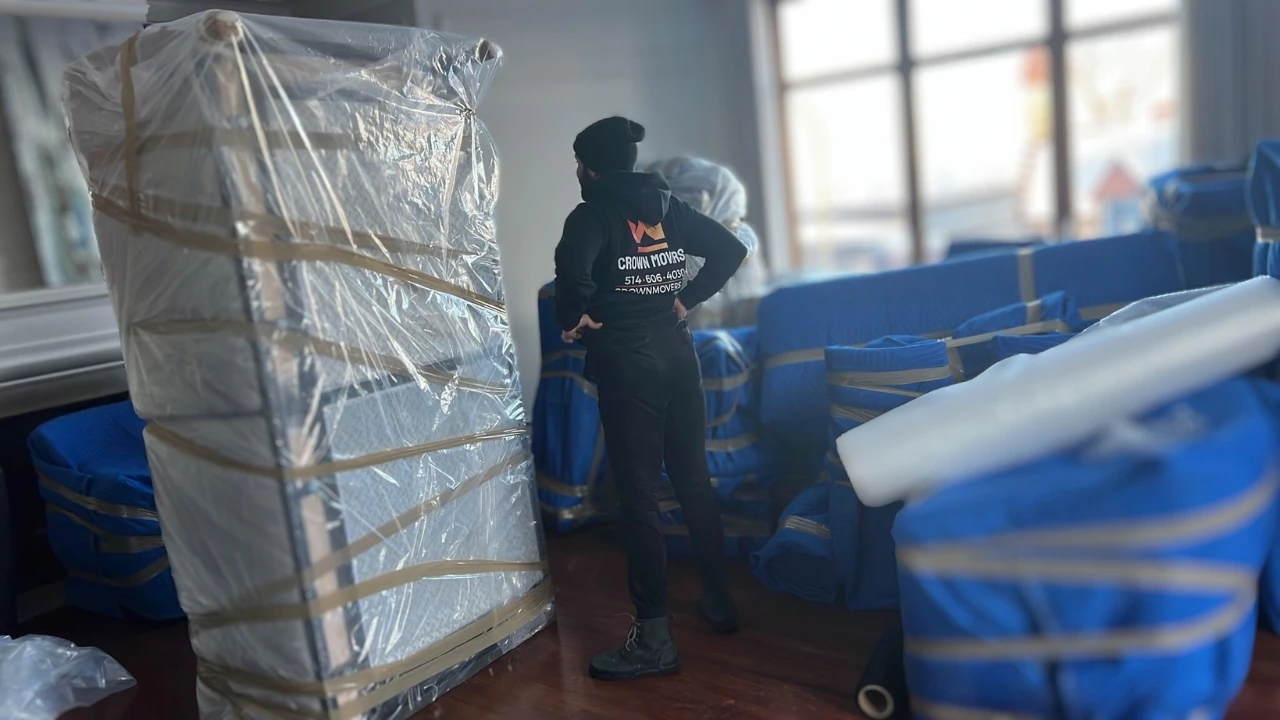
When it comes to choosing a moving company, it's important to do your research and find a reputable, licensed and insured company. Getting multiple quotes from different companies can help you compare prices and find the best option for your needs. If you have a lot of heavy or bulky items, you may want to consider hiring full-service movers, who will handle all aspects of the move, including packing and unloading.
Here is a list of things to consider when choosing movers in your city:
1. Research your options:
There are many moving companies to choose from, so take the time to research and compare your options. Look for a company with a good reputation and a track record of customer satisfaction.
2. Get multiple estimates:
Don't just go with the first moving company you come across. Get estimates from multiple companies to compare prices and services.
3. Ask about insurance:
Make sure the moving company you choose is licensed and insured. This will protect you in case of any accidents or damage to your belongings during the move.
4. Read the fine print:
Carefully review the contract before you sign it. Make sure you understand the terms and conditions, including any fees or charges that may not be included in the initial estimate.
It's a good idea to hire professional movers, especially when moving big furniture or delicate items. They can handle all aspects of the move, including packing and unloading, saving you time and stress. To save money, you can request reusable clear plastic bins and moving boxes from the movers directly. This will make sure that you are not leftover with small boxes, large boxes, or any other materials. On top of that, you only get charged for what is used. If you plan on packing yourself, the next section includes packing tips to get you started!
Packing Tips for Moving
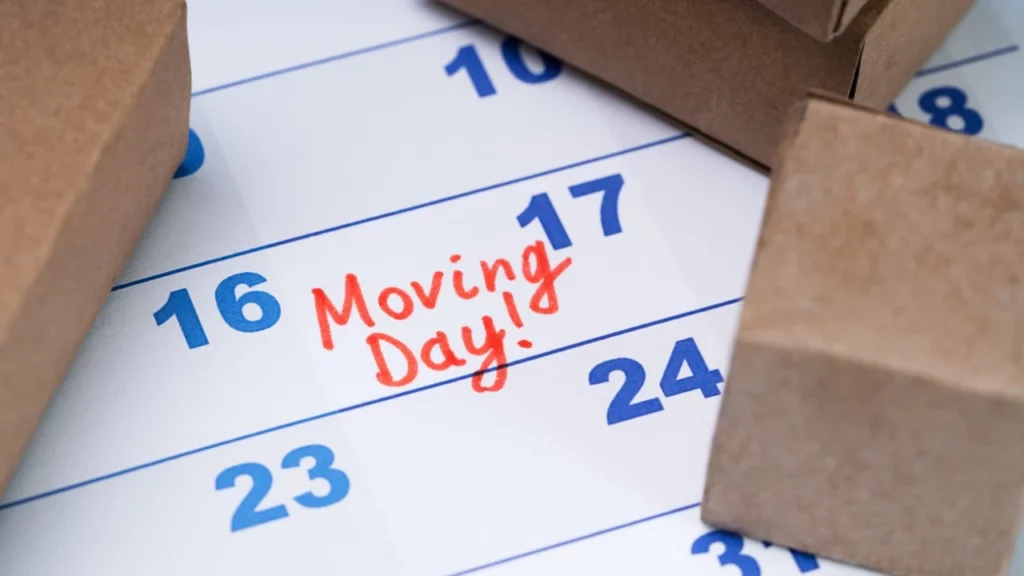
Packing for a move can be overwhelming, but with a little organization and planning, it can be much easier. These packing tips for moving will make all the difference and keep you organized from start to finish, saving you money.
Here are 14 tips for packing like a pro:
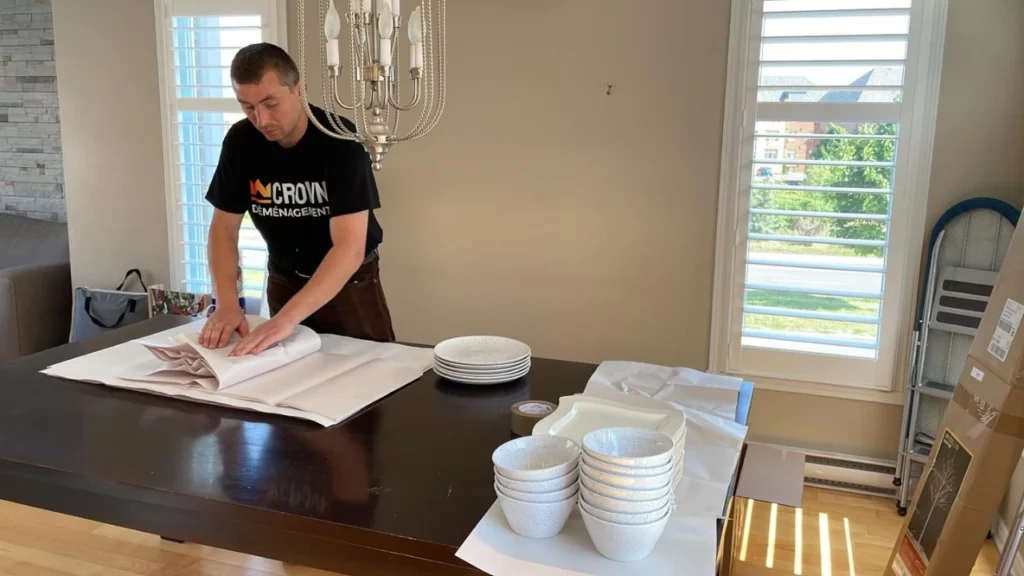
1. Start early:
Don't wait until the last minute to pack boxes. Give yourself time to sort through your belongings and decide what to keep. As you start packing, set up a designated packing station in a room or area where you can easily access your supplies. This will help you stay organized and efficient throughout the packing process. And when it comes to packing clothes, consider using wardrobe boxes or plastic garbage bags to keep them wrinkle-free.
2. Get the right supplies:
You probably won't have the original box for all your items. You'll need plenty of moving boxes (in various sizes), packing tape, bubble wrap, packing paper, and other supplies. Consider purchasing specialty boxes, such as wardrobe boxes, to help protect your clothes and keep them wrinkle-free.
3. Saving Money:
If you're looking to save money on packing materials, don't forget to check out your local food bank, local liquor store, and thrift stores. These places often have boxes and other materials they're willing to donate or sell at a discounted price. You can also try contacting a moving company and asking if they have any extra supplies they're willing to sell.
4. Make a packing plan:
Create a list of everything you need to pack and assign each item to a specific box. This will help you stay organized and keep track of your belongings as you move them from one location to another.
5. Pack Smart:
To save some space and keep your belongings organized during the move, consider using small boxes for heavy items and large boxes for lighter items. You can also use bunched-up paper or plastic wrap to fill empty spaces in the boxes to prevent items from shifting during transport.
6. Packing Fragile Items:
When packing any fragile item, such as dishes or glassware, it's especially important to take extra care when packing. Use bunched-up paper or plastic wrap to fill empty spaces and protect delicate items from breaking. Toilet paper rolls or paper towels can also wrap around stemware or other fragile items. Consider creating additional padding at the bottom of the boxes. Creating this added level of protection helps to ensure the vibration of the vehicle or moving truck does not damage your items.
7. Packing Furniture Items:
When packing soft furniture items like sofas and cushions, it's important to wrap them carefully to protect them from damage during the move. One option is to use plastic wrap or bunched-up paper to cushion the corners and edges. Alternatively, you can consider purchasing plastic totes or clear plastic bins designed for these items.
8. Repurpose household items:
You can pack pillows and stuffed animals into plastic bags. This will allow you to use those now-filled plastic bags as cushions and stuffing to be sure that all items are secure in the truck when loaded. If you place each plastic bag strategically, it will help ensure that no items fall once stacked in the truck and damage a fragile dining room table or any other item made of glass.
9. Protecting Plates and Glasses:
To protect your plates during the move, consider packing plates vertically using packing paper or bubble wrap. And don't forget to pack cleaning chemicals and other household items separately, using rubber bands to keep them securely in place. Make sure not to pack glasses on top of each other. It's best to pack them side by side.
10. Protecting Fragile Items:
Be sure to wrap fragile items carefully using bubble wrap or packing paper. Consider using plastic wrap to protect smaller items from damage during the move. You might also want to consider purchasing plastic totes or clear plastic bins specifically designed for softer furniture items like cushions and sofas.
11. Disassemble your furniture:
Most beds will require disassembly. Similarly, sofas and legs from dining room tables will need to be disassembled to be transported safely from one location to the next. Use small sealable bags or a plastic pill case to store the screws and bolts from the disassembled items. Be sure to label them and place them in a safe location to avoid getting lost.
12. Label your boxes:
Clearly label each box with its contents and the room it's going to. This will help you and your movers stay organized and efficiently unpack your belongings in your new home.
13. Don't forget to save space wherever you can:
One way to do this is by packing items vertically, such as plates or books, rather than laying them flat. This can help you save space and reduce the number of moving boxes you need. You can also consider repurposing household items, like garbage bags, rubber bands, or paper towels, as packing materials. With a little bit of creativity and planning, you can make your move more cost-effective and efficient.
14. Optimize the unpacking process:
Finally, as you pack, be sure to keep track of your day-to-day routine and make sure you have all the necessary items on hand, such as paper plates and plastic pill cases. When you've completely packed a box, label it with its contents and the room it belongs in. This way, the movers can find where the box belongs and bring it to its belongings room, saving you time during the unpacking process.
Following this list of packing tips will have to be ready for your moving day in no time!
If you're looking for more details on what to place in moving boxes, the next section will surely help!
What to pack in Moving Boxes
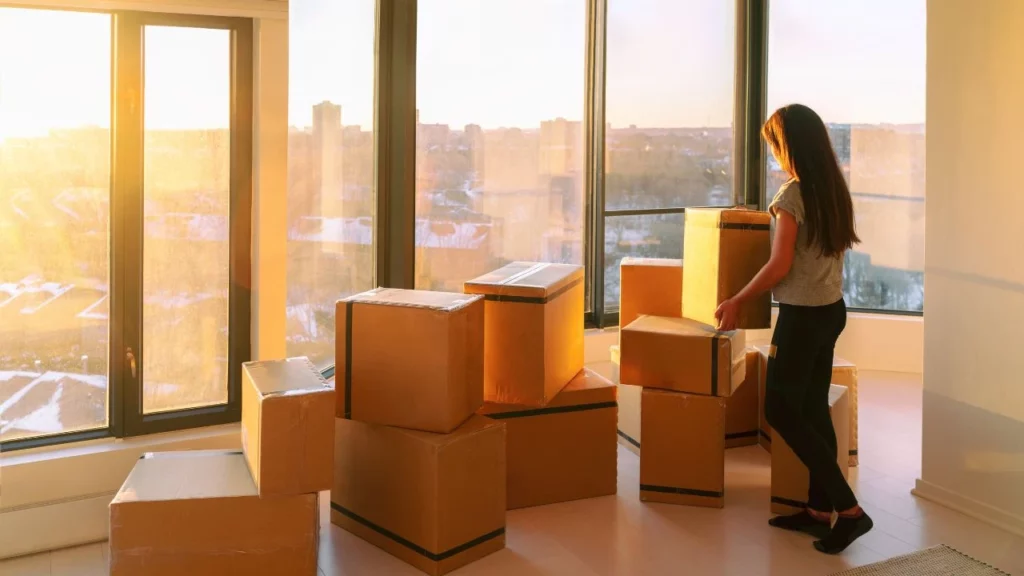
When it comes to moving boxes, there are several different types and sizes to choose from. It is important to use specific box sizes for certain items.
Here is a list of common box sizes and their recommended uses:
Small boxes:
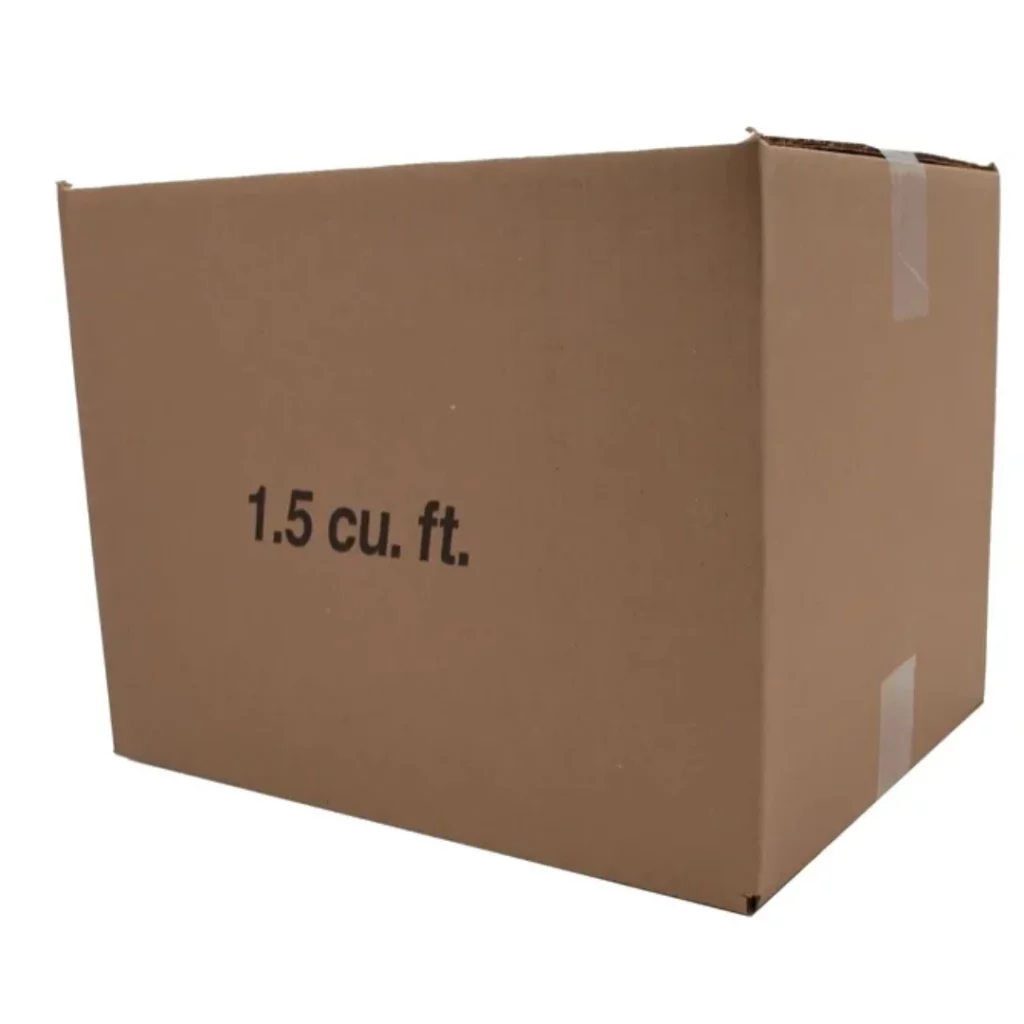
These boxes are typically 1.5 cubic feet and are perfect for heavy items such as books, records, and small appliances.
Medium boxes:
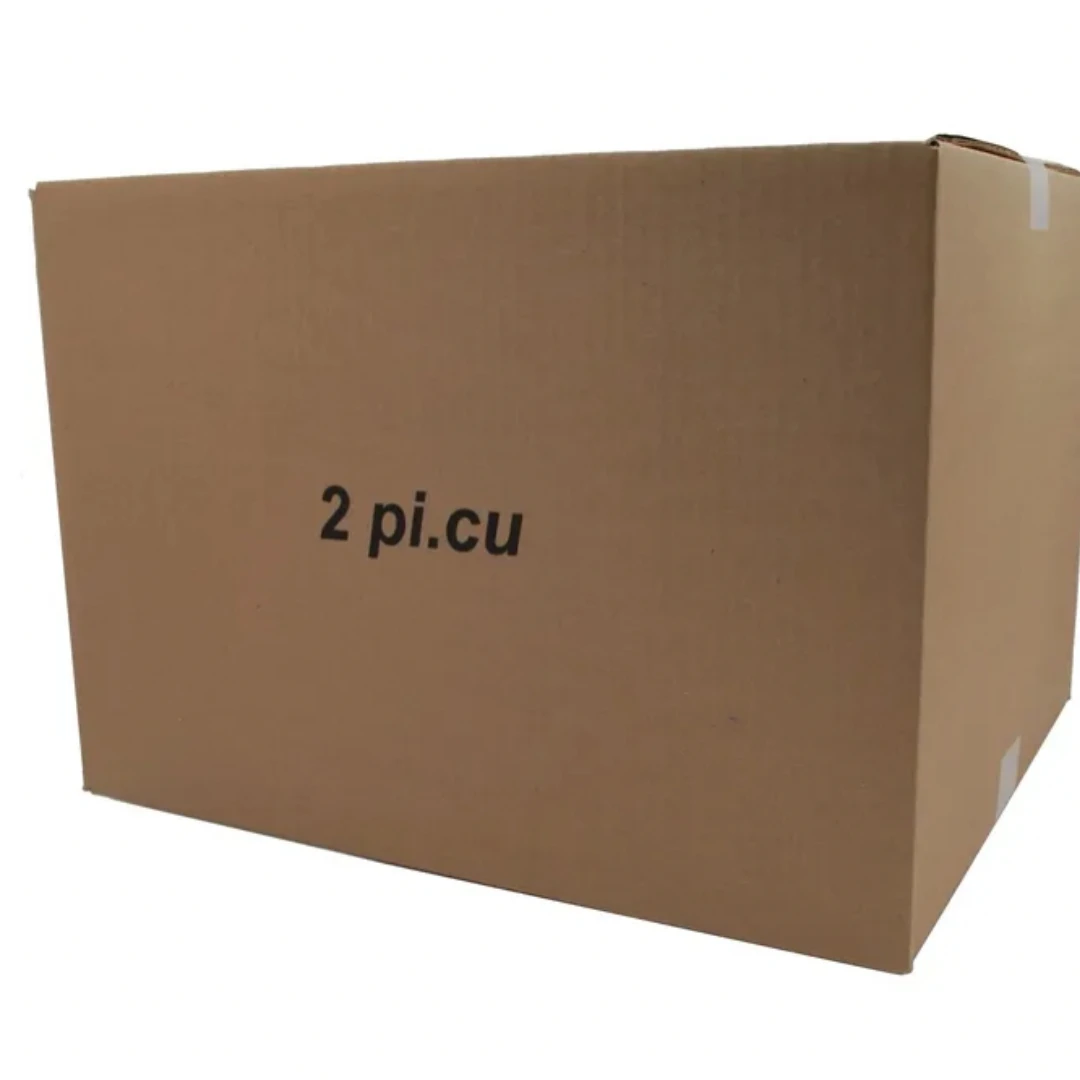
These boxes are usually three cubic feet and are great for lighter items such as linens, clothing, and kitchen items.
Large boxes:
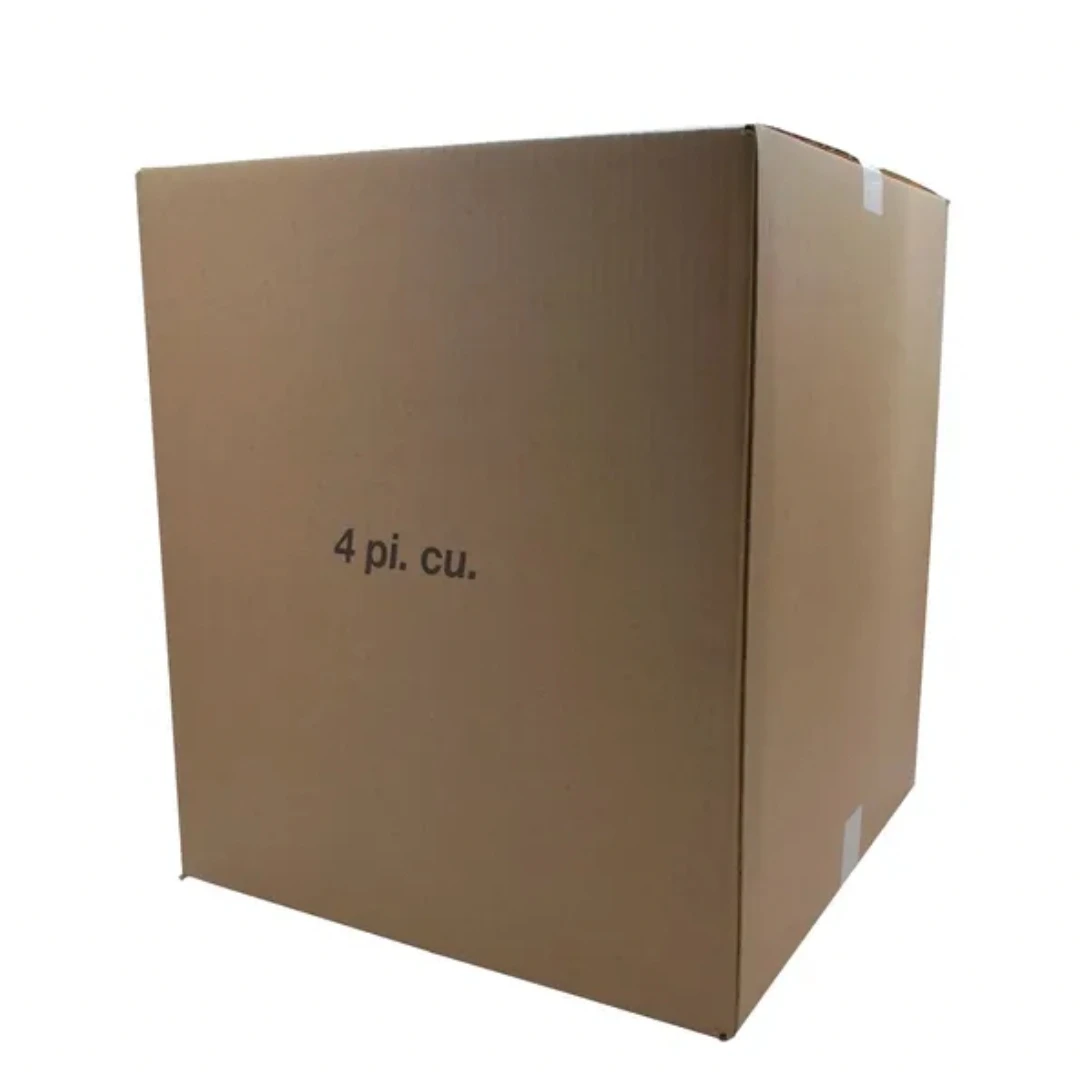
These boxes are typically 4.5 cubic feet and are ideal for bulky items such as pillows, blankets, and toys.
Extra large boxes:
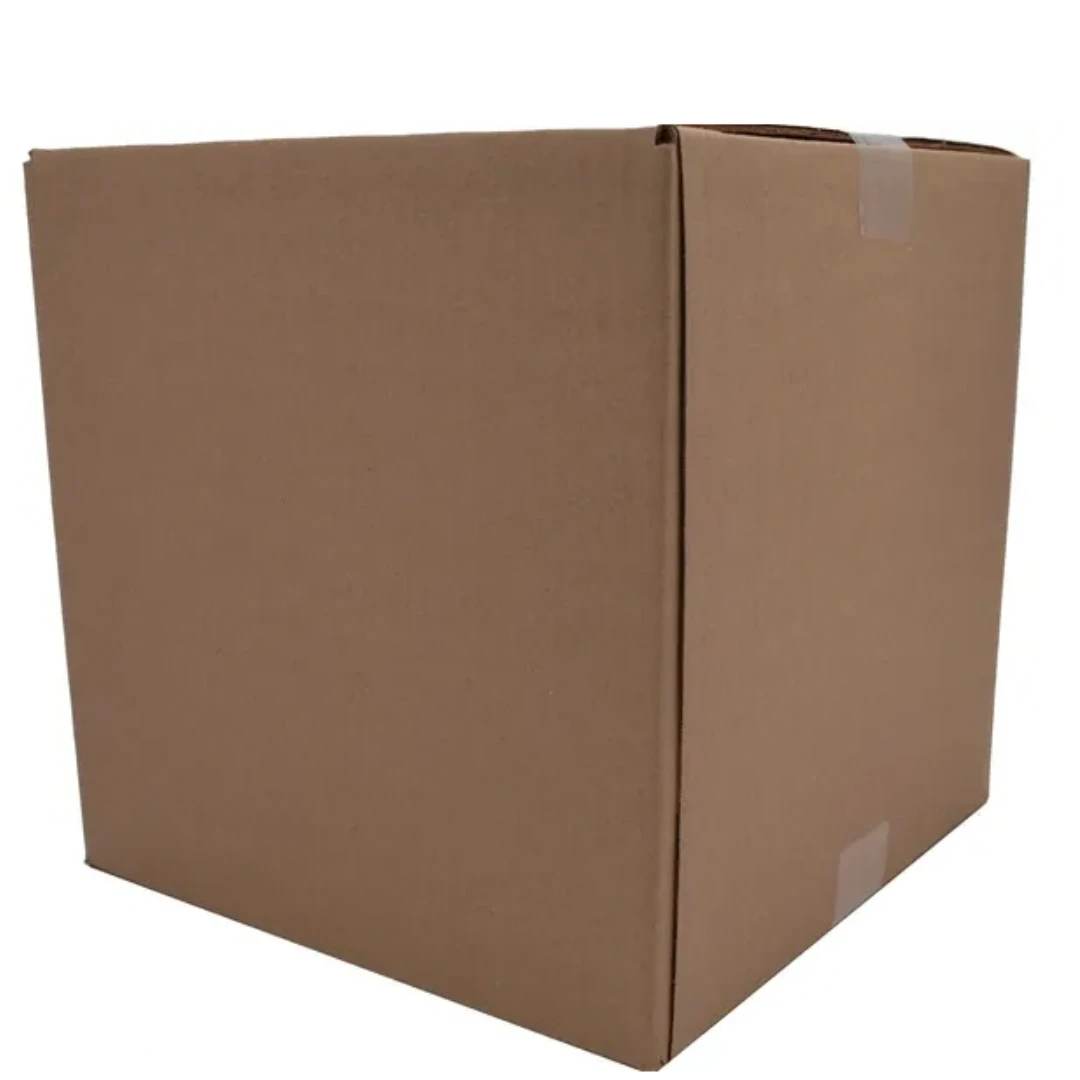
These boxes are usually six cubic feet and are great for larger items such as lampshades, curtains, and towels.
Dish barrel boxes:
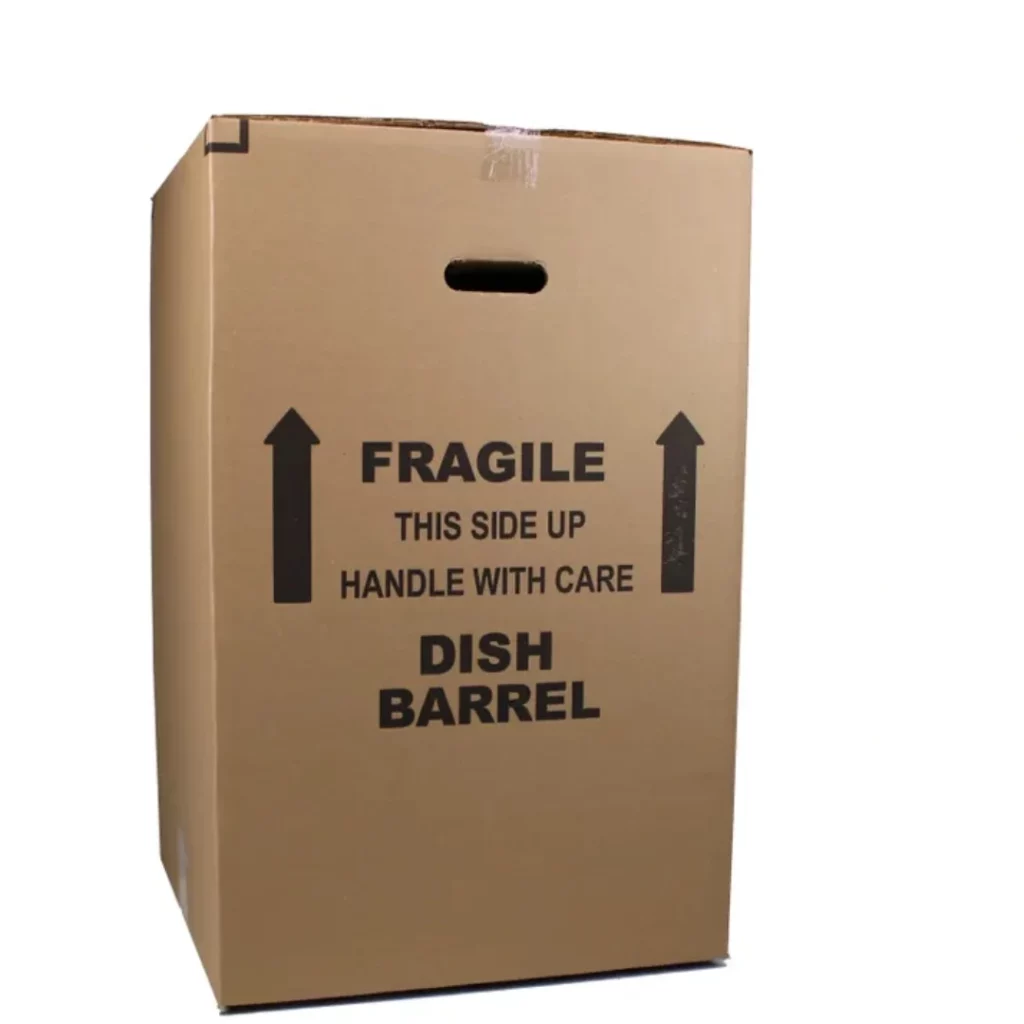
These boxes are specifically designed for packing dishes and glassware. They have dividers to keep items separate and prevent breakage.
Mirror boxes:
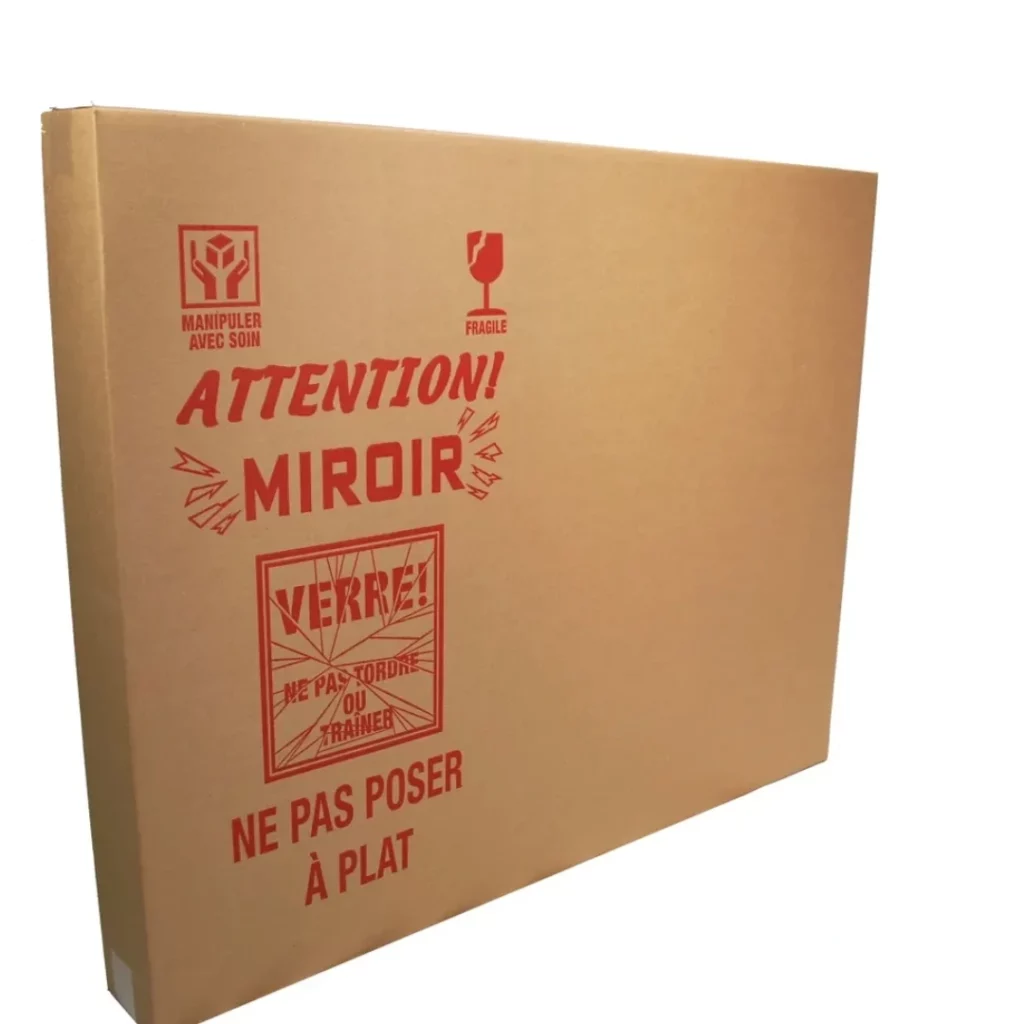
These boxes are for packing mirrors, pictures, and other wall hangings. They have a sturdy cardboard frame to protect the glass.
Wardrobe boxes:
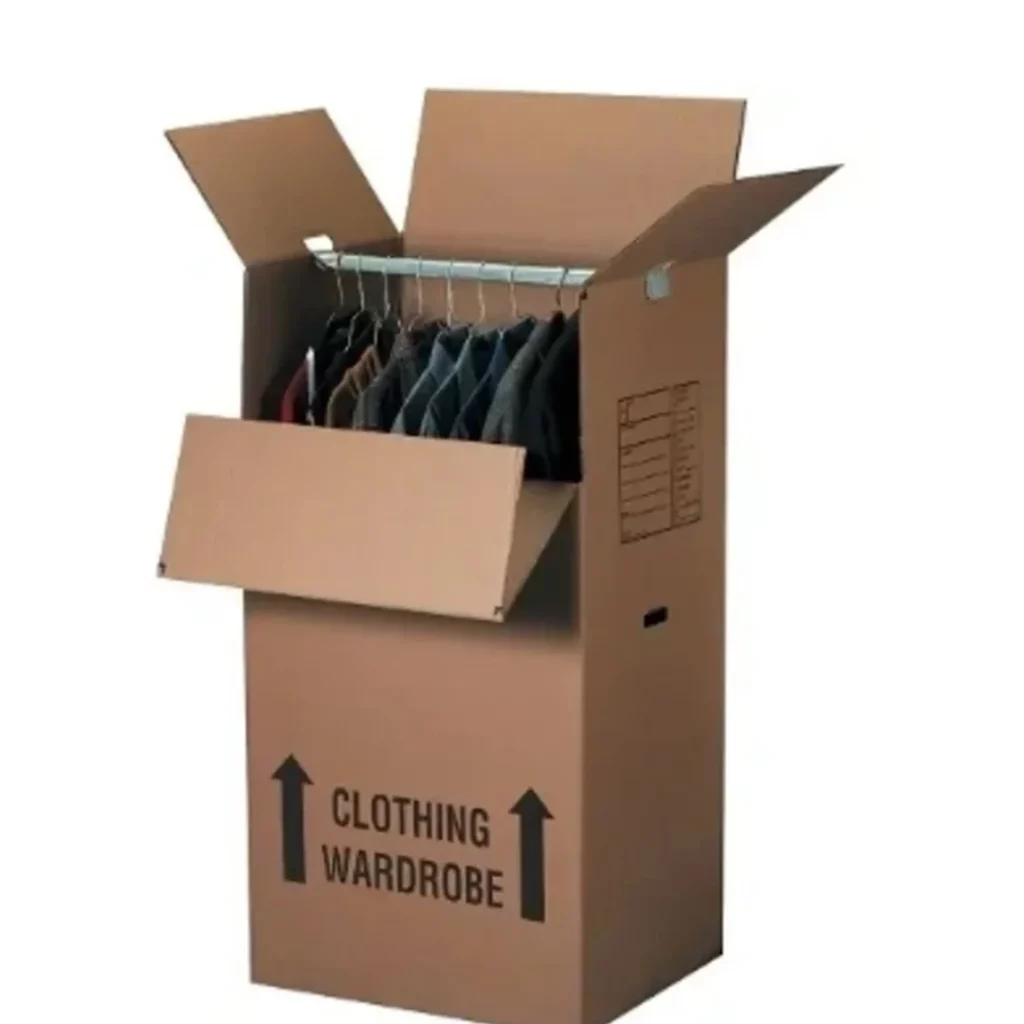
These can be used for packing delicate clothes if you pack them separately from your luggage.
It's important to choose the right size boxes for your belongings to ensure that they are properly protected during the move. It's also a good idea to have a few extra boxes in case you need them.
Packing Supply Stores: packing tape, packing paper, bubble wrap, and more!
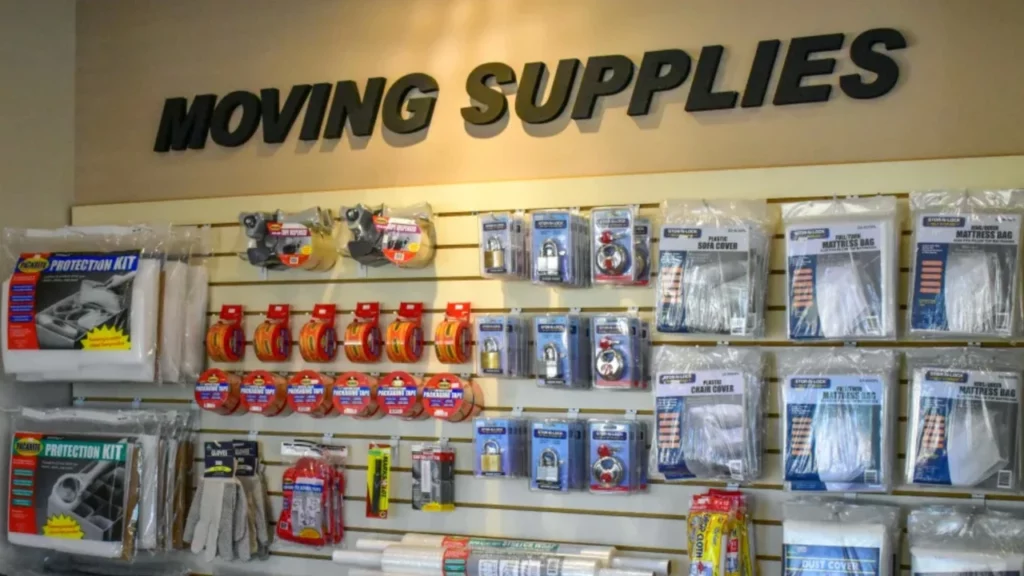
When preparing for a cross-country move or even a local transition, the right packing supplies are essential to ensure everything goes smoothly. From packing tape to bubble wrap, these stores are your go-to destinations for all your packing needs. As you start packing, remember that the right supplies can make a big difference. More boxes than you think are necessary and a variety of sizes can accommodate all your household items, from the light bulbs to the heavy items.
One of the key tips for moving is to categorize your belongings. Use permanent markers to label each box clearly. This way, even if you're on a tight deadline, you'll know exactly what's in each box, making unpacking in your new home a breeze. Also, don’t forget to pack an overnight bag with all your essentials. This bag should contain everything you need for the first night in your new home, so you're not rummaging through boxes looking for your toothbrush or power strips.
For those larger or more delicate items, consider specialized packing materials. Bubble wrap is perfect for protecting your valuable and fragile items. Packing paper can fill up any extra space in boxes, ensuring your items don’t shift during the move. Remember, when disassembling furniture or packing heavy items, it’s about protecting not only the items but also the moving vehicle and the moving service personnel who will be doing the heavy lifting.
Lastly, as part of your move, it's a great opportunity to declutter and donate items you no longer need. This can help you pack things more efficiently, requiring less space in the moving truck. And as you near moving day, don't forget practical steps like scheduling utilities for your new home and ensuring you have a single box with essentials for the first day in your new space. By following these guidelines, you can transform a potential moving chaos into a well-organized and successful relocation.
Here are some of the least expensive or most well-known stores for purchasing packing supplies and any size boxes:
- U-Haul: Renowned for its moving services, U-Haul also provides an extensive selection of packing boxes and materials. Whether you need to begin packing your household items or are looking for specific box sizes, U-Haul has it all. Their range includes specialized boxes for different items, allowing you to pack clothes, fragile items, and bulky goods efficiently. Additionally, they offer packing accessories like color code labels for boxes, making your moving process organized and stress-free.
- The Home Depot: A go-to destination for home improvement, The Home Depot also caters to your moving needs with a wide array of packing supplies. You can find sturdy packing boxes, durable tape, and protective bubble wrap here. The Home Depot is ideal for those who need to start packing for a move, offering options from small to large boxes, including specialty boxes. They also provide other essentials like garbage bags and supplies to protect your valuables in one box.
- Lowe's: Similar to The Home Depot, Lowe's offers a comprehensive range of packing materials, making it a convenient choice for those beginning their packing journey. Their inventory includes various sizes of packing boxes, from small ones ideal for books to large ones for bulkier items. Lowe's also offers packing solutions to securely pack clothes and other household items. Their color-coding labels for boxes can help you organize your belongings effectively, ensuring a smooth moving experience.
- Walmart: Known for its affordability and wide range of products, Walmart is a great place to find packing supplies at reasonable prices. They offer everything you need to begin packing, including an assortment of packing boxes, tape, bubble wrap, and garbage bags. Walmart's packing solutions cater to different needs, whether you're packing delicate items in one box or categorizing items using color code boxes.
- Office Depot: While primarily known for office supplies, Office Depot also provides an array of packing materials suitable for moving. Their selection includes robust packing boxes, perfect for ensuring your belongings are safe and secure. Office Depot's packing supplies are ideal for those who want to pack clothes, important documents, and electronic devices in the same box.
Finally, it's important to create a moving checklist to help you stay on track and ensure that you don't forget any important items. This can include packing and labelling boxes arranging donation pickup arrangements, or setting up a storage unit for out-of-season clothing or lighter items.
Moving Tips & Moving Checklist 2024 PDF
Creating a moving checklist can be an essential part of the moving process, helping you stay organized and on track as you relocate.
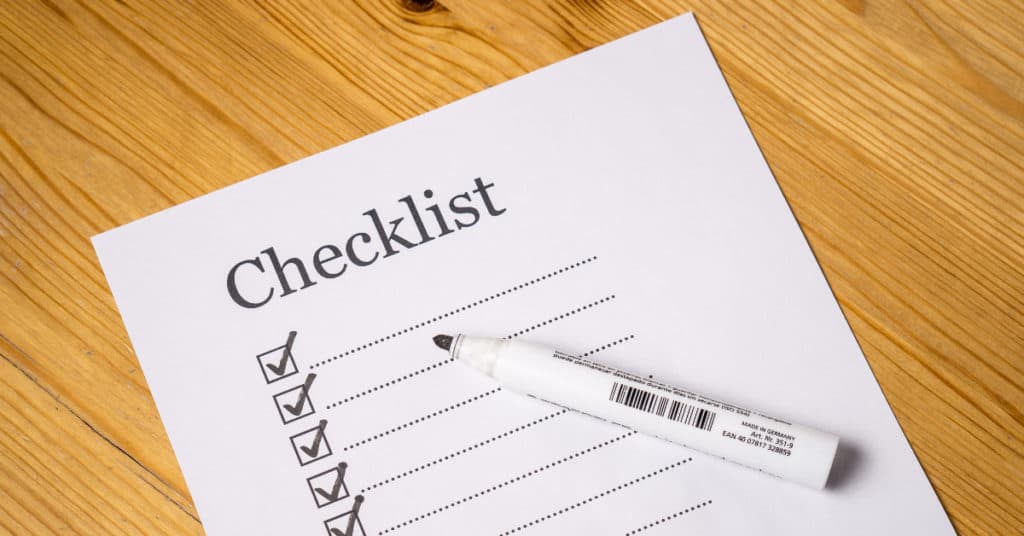
Here is your perfect 24-step Moving Checklist for 2024:
Here's your comprehensive 24-step Moving Checklist for 2024, ensuring a well-organized and smooth transition to your new home. Each step is tailored to include essential keywords for an efficient move:
- Draft a detailed moving plan and establish a budget, crucial for managing moving expenses effectively.
- Declutter your space, discarding items you don't need. This reduces the load and simplifies packing.
- Create a packing timeline, ensuring every task is scheduled for efficiency.
- Collect moving supplies, including cardboard boxes, masking tape, bubble wrap, and packing peanuts.
- Start packing early, giving yourself plenty of time to organize and label your belongings.
- Pack room by room to maintain order and avoid mixing items from different spaces.
- Use a color code system for boxes, making unpacking in your new home easier.
- Label each box with its contents and designated room using masking tape for clarity.
- Separate important documents and valuables, keeping them in a safe, easily accessible place.
- Disassemble furniture and use protective wraps to prevent damage during the move.
- Prepare a moving day essentials box, including toiletries, a change of clothes, and necessities like toilet paper.
- Inform utility companies, banks, and other relevant parties about your address change.
- Choose a reliable moving company or arrange a rental truck for a DIY move.
- Confirm moving arrangements a week before ensure everything is on track.
- Pack a toolkit with essentials for reassembling furniture, including necessary hardware.
- Obtain necessary permits and confirm parking arrangements, especially for apartment moves.
- Document the condition of your current home with photos before leaving.
- Organize and unpack at your new home promptly, starting with essentials.
- Responsibly dispose of unwanted packing materials like trash bags and cardboard boxes.
- Care for pets and plants, ensuring their comfort and safety during the move. Remember essentials like the litter box.
- Update your insurance policy and notify your provider about your move.
- Set up utilities at your new home before moving in.
- Explore your new neighbourhood, including the local grocery store and community centers.
- Personalize your new space with decorations and personal touches, making it feel like home.
Remember to pack heavy boxes with care, use a wardrobe box for hanging clothes, and keep essentials like your coffee maker and toilet paper rolls handy in a designated box. With these moving tips and the right moving supplies, you're set for a successful transition.
By following these tips and using a moving checklist, you can make the packing and moving process as efficient and stress-free as possible.
